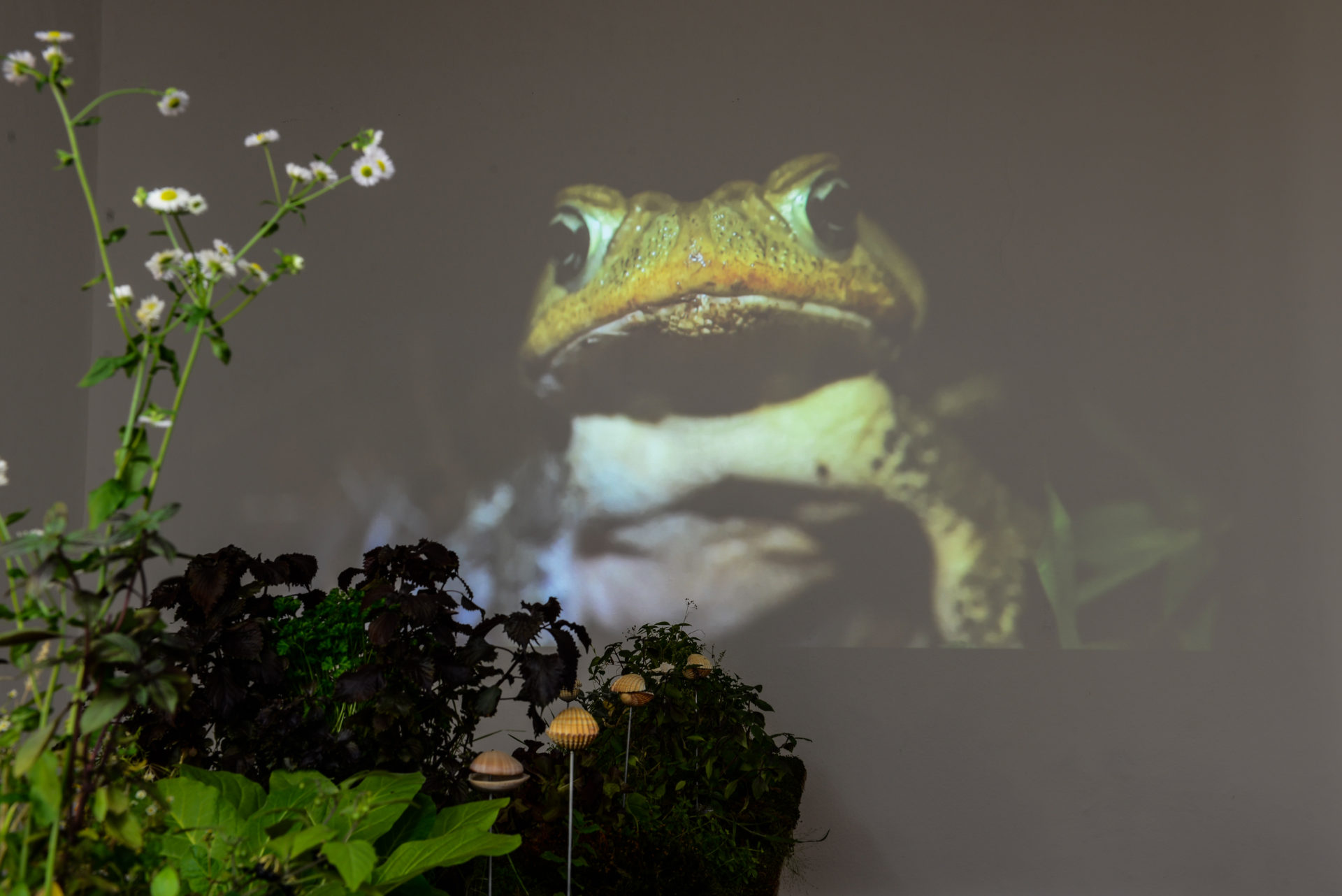Wydział Edukacji Artystycznej i Kuratorstwa serdecznie zaprasza na wykład prof. Ursuli Ströbele (Zentralinstitut für Kunstgeschichte w Monachium) – „Milcząca wiosna”. Systemy ekologiczne i aktywizm w sztuce (rzeźbiarskiej) od lat 60. / ‘Silent Spring‘. Ecological Systems and Activism in the (Sculptural) Arts since the 1960s
Termin: 29.04.2021 godz. 18.00-19.30
Online: meet.google.com/tjk-mxmu-xhf
Transmisja na żywo: https://stream.meet.google.com/stream/a09999b5-454c-4628-b817-2e49438f48c9
Wykład online odbędzie się w języku angielskim z konsekutywnym tłumaczeniem na język polski.
>>>WYDARZENIE NA FB<<<
„W dwudziestym wieku (…) wrażliwość artysty wkroczyła w nową fazę orientacji, której głównym celem jest zapewnienie formatu dla rodzącej się świadomości ekologicznej.”
Opierając się na tym cytacie Gyorgy Kepesa (1972) i biorąc za punkt wyjścia kultową książkę Rachel Carson Silent Spring (Milcząca wiosna, 1962), wykład analizuje ciągły wzrost wzajemnych powiązań między sztuką a zagadnieniami ekologicznymi, na przykładach artystycznych, takich jak nie-ludzkie żywe rzeźby i systemy biologiczne Hansa Haacke (1965-72), sytuacje rzeźbiarskie Pierre’a Huyghe’a Untilled (2012) i After ALife Ahead (2017), rzeźby Anne Duk Hee Jordan przedstawiające żywność czy Center for the Living Things Diany Lelonek (od 2016).
Patrząc z perspektywy około 60 lat, relacje między sztuką a tym, co nazywano „naturą” jako pojęciem historycznym, kulturowym i naukowym, uległy istotnym przemianom. Jak wiadomo, w ostatnich dziesięcioleciach coraz większy wpływ na sztukę wywierały różne teorie post-(human)natury i eko-fantastyki. Pozostawiając za sobą utrwalone dualizmy i ograniczające dialektyki, rozszerzona idea ekologii może pomóc zbliżyć się do tych pozycji artystycznych i ich specyficznej rzeźbiarskiej estetyki żywych fenomenów.
„In the twentieth century […] the artist’s sensibility has entered a new phase of orientation which its prime goal is to provide a format for the emerging ecological consciousness.“
Based on this quote by Gyorgy Kepes (1972) and taking Rachel Carson‘s iconic book ‘Silent Spring‘ (1962) as a departing point, the lecture examines the continuous growth of interconnectedness between art and ecological issues, using artistic examples such as Hans Haacke‘s non-human living sculptures and biological systems (1965-72), Pierre Huyghe‘s sculptural situations Untilled (2012) and After ALife Ahead (2017), Anne Duk Hee Jordan‘s food sculptures or Diana Lelonek‘s Center for the Living Things (since 2016).
Looking back at a timespan of around 60 years, the relationship between the arts and what has been called ‘nature‘ as historic, cultural and scientific concept has undergone major shifts. Various theories of post-(human)nature and eco-fiction have become more and more influential during the last decades as is well-known. Leaving behind established dualisms and restricting dialectics, an expanded idea of ecology might help to approach these artistic positions and their specific sculptural aesthetics of the living.

© the artist, image: Heiner Lieberum
Projekt realizowany przy wsparciu finansowym Miasta Poznania
- Author: Agata Tratwal
- Published on: 15.04.2021, 16:32
- Last edit: 09.12.2022, 13:10



